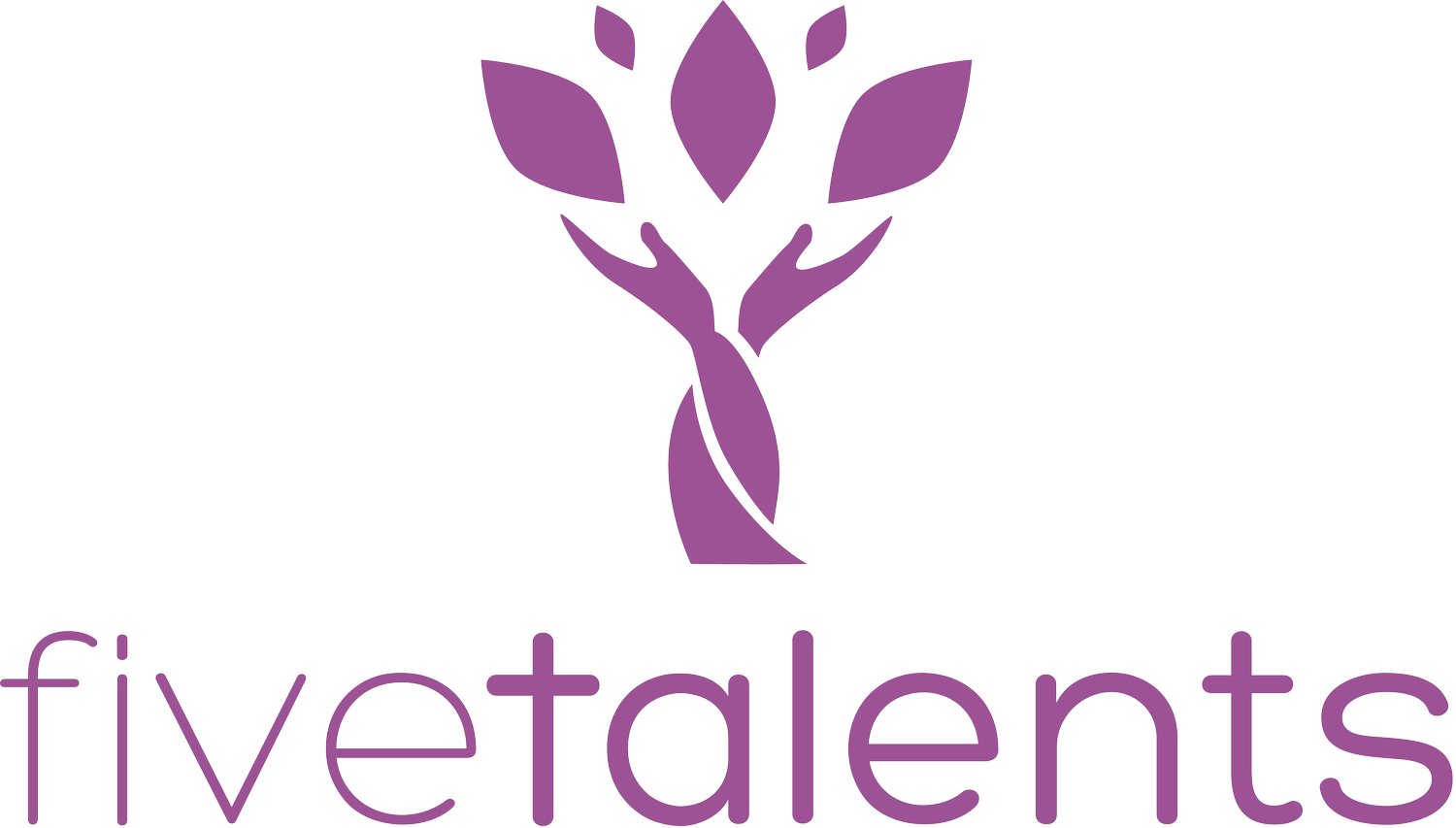When a financial advisor says, "Put your money to work for you," stocks, index funds, high-yield CDs and other investments probably come to mind.
But what if you had no access to E-Trade, Charles Schwab, or even a neighborhood bank? What if the closest financial institution wouldn't even accept your deposit? Or what if the fees for setting up an account and making deposits outweighed the benefits of using such services?
How, then, would you "put your money to work"?
The answer for many women and men in rural, under-served communities across the developing world is "by participating in savings groups."
The Role of Community Savings in Economic Development
Recently, Julie Zollmann, an associate at Bankable Frontier Associates, gave a talk at CGAP headquarters in Washington D.C. about a financial diaries research project that she headed up in Kenya. Julie and her colleagues recorded detailed financial transactions and tracked the habits of 300 low-income families in both urban and rural communities in Kenya.
Their meticulous research showed that these individuals – many of whom are micro-entrepreneurs – are quite active money managers. They are always looking for ways to put their money to work, and savings groups are among their favorite tools.
"Most...saving was quite intentionally pushed into financial assets—like savings groups—where it could not be immediately withdrawn," Zollmann writes in a blog post for CGAP's website.
"These kinds of devices are playing an important role in the portfolio, helping money build up into useful, investible sums. And, most of the time, they are also playing an auxiliary function. This money, our respondents told us, is not just sitting there – it is working. While the respondents have a future claim on those funds, they serve another purpose in the immediate, such as enabling a loan or enabling a friend or neighbor to invest today. Money that just sits around idle under the mattress—even in a bank account—is seen as wasted."
Types of Community Savings Groups
There are different kinds of savings groups. One kind, for example, involves group members pooling their money and then lending to one another out of the group's collective savings. Group members can set their own interest rates, and each receives an opportunity to take out a loan during a given cycle. At the end of a pre-determined period, members may collect their savings and the acrrued interest.
Five Talents helps to organize such savings groups in many of its programs, including Kenya, Burundi, South Sudan, Myanmar, and Bolivia.
A unique aspect of Five Talents' programs is that savings group members don't only earn interest on their savings and have an opportunity to take out micro-loans. They also receive training in basic business skills and get support and mentoring from group facilitators and fellow members.
Five Talents helps group members like those in Zollman's study "put their money to work" when other more traditional financial institutions are unavailable or too expensive.
If the topic of savings groups and the financial habits of low-income micro-entreprenuers interests you, check out Zollman's incredibly enlightening study.
Photograph of a savings group in Kenya by Adam Dickens for Five Talents

